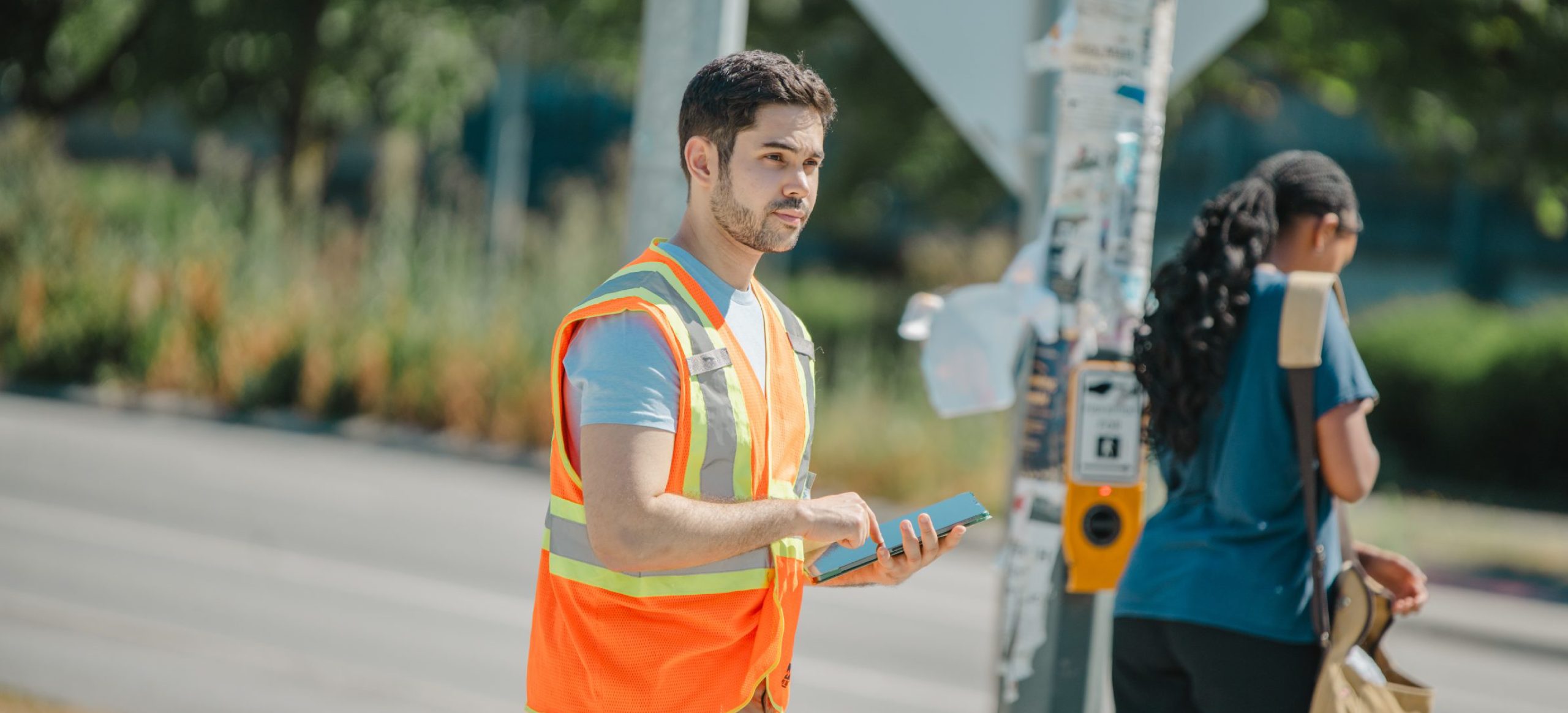This Q&A features one of the winners of the 2025 Three Minute Thesis (3MT®) competition, a university-wide challenge that asks graduate students to present their complex research in just three minutes—using only one slide and no jargon. The goal? To make research accessible, engaging, and inspiring to a broad audience.
In this spotlight, you’ll hear from a UBC Civil Engineering graduate student whose award-winning research is helping reshape how we approach traffic safety—moving from reactive responses to proactive, data-driven solutions that aim to save lives.

Tarek Ghoul
PhD student
Research Area: Transportation Engineering
Campus: Vancouver
Can you share a brief summary of your research and why it’s important?
My research focuses on the proactive prediction and prevention of traffic collisions through the development of advanced traffic safety technologies. Traditionally, transportation agencies rely on several years of crash data before identifying high-risk locations and implementing countermeasures. This delayed intervention allows preventable injuries and fatalities to continue. My work introduces a framework that estimates crash risk over short time intervals using video analytics and autonomous vehicle sensor data and proposes different ways of mitigating this risk. I have developed practical tools to apply crash risk estimates, including traffic signal optimization algorithms, safe-route navigation systems, and methods to identify and rank hazardous locations across a road network. The overarching goal of my research is to shift road safety from a reactive to a proactive approach.
What inspired you to pursue this topic, and how do you see your research making an impact in your field or beyond?
Traffic-related fatalities account for over 1.2 million deaths globally each year and remain the leading cause of death among young people. With the rapid advancement of technology, many of these deaths are preventable. This reality motivates me to develop data-driven, scalable solutions that can meaningfully reduce collision risk. My goal is for this research to be implemented in real-world systems, ultimately contributing to safer roads and helping bring us closer to the vision of zero traffic fatalities.
What was the biggest challenge in distilling your research into a three-minute presentation?
I believe the biggest challenge is addressing the overall scope of the research. In order to understand my work, I must first explain how we can predict crashes before they occur in simple terms. To do so takes time from the rest of the presentation. This leaves me with under 90 seconds to discuss each of my major contributions, each of which can be its own presentation. 30 seconds were allocated to discussing a hazardous location identification system, a safest route algorithm, my signal optimization work. Explaining these and their significance in this time is challenging. In hindsight, it would have been much easier to focus on one application instead of explaining the whole thesis.
What was your favorite part of participating in the 3MT competition, and what did you learn from the experience?
I really appreciated the challenge of distilling a complex research topic into a clear, engaging message that anyone can understand. While I have experience presenting at academic conferences, the strict three-minute time limit required me to think much more strategically about how to communicate my work effectively, particularly as it applies to storytelling, messaging, and engagement.
What’s next for you and your research? Any exciting developments on the horizon?
I’m currently developing new traffic signal optimization algorithms that improve safety for both vehicles and pedestrians using reinforcement learning. These algorithms are designed with real-world deployment in mind, and I’m working on ensuring that they are practical and ready for field implementation. I believe that this system would result in significant improvements in safety and mobility that would be scalable and substantially reduce the number of collisions on our roadway networks.
